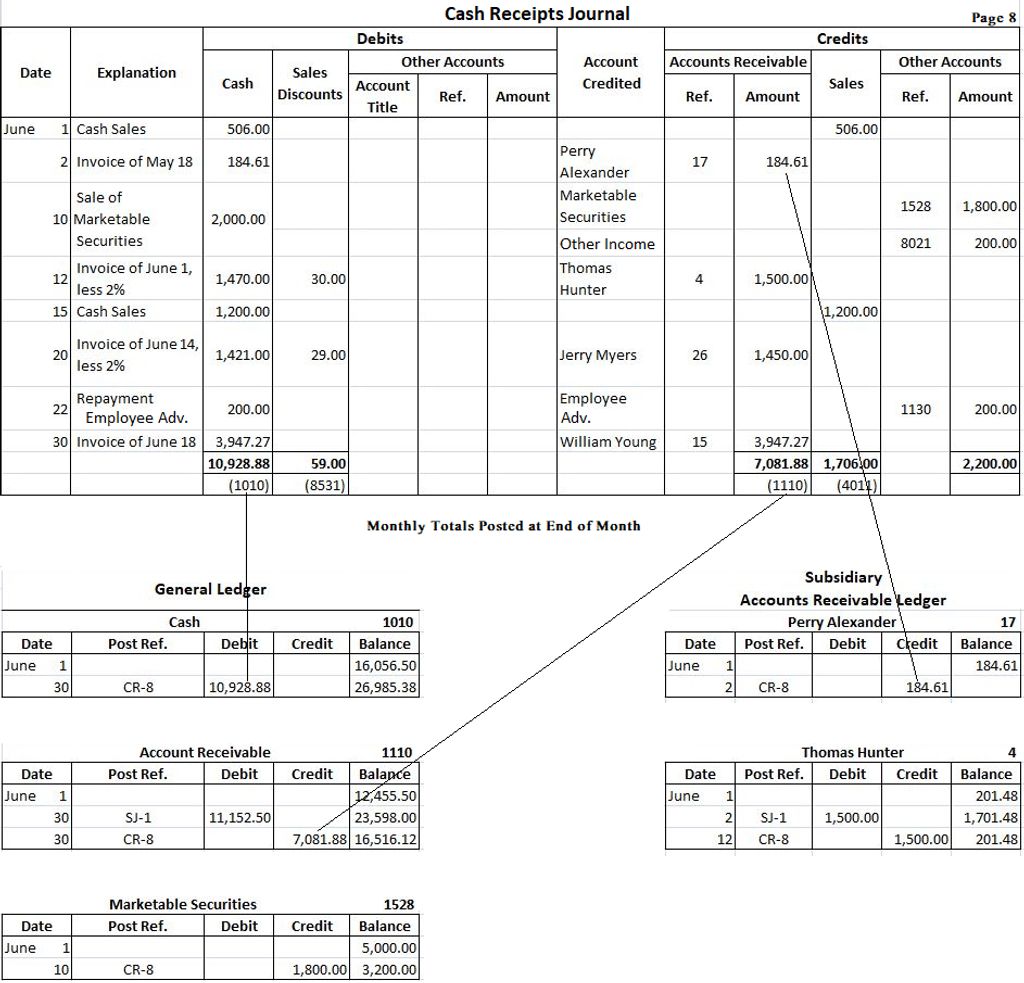Emailing receipts is a convenient customer service feature that offers numerous benefits for both businesses and customers. This article explores the importance of emailing receipts and highlights key benefits that come with this practice.
Key Takeaways
- Emailing receipts enhances customer convenience by providing instant delivery and accessibility.
- Sending receipts via email reduces paper waste and contributes to environmental sustainability.
- Email receipts improve record-keeping for both businesses and customers, making it easier to track purchases and returns.
- The use of email receipts allows businesses to save on printing and postage costs, resulting in significant cost savings.
- Personalization and branding opportunities are available through email receipts, allowing businesses to create a unique customer experience.
The Importance of Emailing Receipts

Enhancing Customer Convenience
At our company, we understand the importance of enhancing customer convenience. We strive to make the purchasing process as smooth and efficient as possible. By implementing the feature of emailing receipts, we eliminate the need for customers to keep track of physical copies of their receipts. This not only saves them time and effort but also reduces the risk of losing important documentation. With emailed receipts, customers can easily access their purchase records whenever they need them, without the hassle of searching through stacks of paper.
Reducing Paper Waste
At our company, we are committed to reducing paper waste through the implementation of email receipts. By sending receipts directly to our customers’ email addresses, we eliminate the need for printing and physical copies. This not only saves resources but also reduces our carbon footprint. We believe that embracing digital solutions like email receipts is a responsible choice for our business and the environment.
Improving Record-Keeping
When it comes to record-keeping, email receipts provide a convenient and efficient solution for businesses. By sending receipts directly to customers’ email addresses, we ensure that they have a digital copy of their purchase that can be easily accessed and stored. This eliminates the need for customers to keep track of physical receipts, reducing the risk of losing or misplacing important documentation.
In addition, email receipts allow businesses to maintain a digital trail of transactions. This makes it easier to retrieve and review past purchases, which can be valuable for accounting and auditing purposes. With email receipts, businesses can easily search and organize their records, saving time and effort compared to traditional paper-based methods.
To further enhance record-keeping, businesses can utilize customizable email templates. These templates can include important details such as the date of purchase, items purchased, and payment information. By standardizing the format of email receipts, businesses can ensure consistency and accuracy in their records.
Key Benefits of Email Receipts

Instant Delivery and Accessibility
Instant delivery and accessibility are key benefits of email receipts. With email receipts, customers receive their purchase confirmation and receipt immediately after completing a transaction. This eliminates the need to wait for a physical receipt to be printed or mailed, providing a faster and more convenient experience. Additionally, email receipts can be accessed anytime and anywhere, as long as the customer has access to their email account. This ensures that customers can easily retrieve their receipts whenever they need them, whether it’s for returns, expense tracking, or warranty purposes.
Cost Savings for Businesses
Implementing email receipts can lead to significant cost savings for businesses. By eliminating the need for printing and mailing paper receipts, businesses can save on printing costs, postage fees, and paper supplies. This not only reduces expenses but also contributes to a more sustainable and eco-friendly business model. Additionally, email receipts can be easily automated, reducing the time and effort required to generate and send physical receipts. This allows businesses to streamline their operations and allocate resources more efficiently.
Personalization and Branding
Personalization and branding are key aspects of email receipts. By customizing the content and design of the receipt, businesses can create a unique and memorable experience for their customers. This not only enhances customer satisfaction but also helps in building brand loyalty. When customers receive a receipt that reflects the brand’s identity and values, it reinforces their trust and confidence in the business.
In addition to branding, email receipts also provide an opportunity for businesses to cross-sell and up-sell their products or services. By including relevant recommendations or promotions in the receipt, businesses can maximize revenue and encourage repeat purchases. This personalized approach allows businesses to tailor their offerings to each customer’s preferences and needs, increasing the chances of conversion.
Furthermore, email receipts can be used to collect valuable customer feedback. By including a brief survey or feedback form in the receipt, businesses can gather insights and opinions directly from their customers. This feedback can be used to improve products, services, and overall customer experience.
Overall, personalization and branding in email receipts offer businesses the opportunity to create a positive impression and strengthen customer relationships. It allows businesses to showcase their unique identity, provide personalized recommendations, and gather valuable feedback.
Conclusion
In conclusion, emailing receipts is a convenient customer service feature that offers numerous benefits. By enhancing customer convenience, reducing paper waste, and improving record-keeping, businesses can greatly improve their overall customer experience. The key benefits of email receipts include instant delivery and accessibility, cost savings for businesses, and the opportunity for personalization and branding. With these advantages, it is clear that implementing email receipts is a smart choice for businesses looking to streamline their operations and provide a seamless customer experience.
Frequently Asked Questions
Can I opt out of receiving email receipts?
Yes, most businesses provide an option to opt out of receiving email receipts. You can usually update your preferences in your account settings or contact customer support.
Are email receipts secure?
Email receipts can be secure if proper measures are taken. Businesses should use encryption and secure email protocols to protect sensitive information. It’s also important for customers to keep their email accounts secure with strong passwords.
What if I don’t have an email address?
If you don’t have an email address, you may not be able to receive email receipts. However, many businesses still offer paper receipts as an alternative. You can ask for a paper receipt at the time of purchase.
Can I have both email and paper receipts?
Some businesses offer the option to receive both email and paper receipts. This allows you to have a digital copy for easy access and a physical copy for your records. Check with the specific business to see if this option is available.
What if I accidentally delete my email receipt?
If you accidentally delete your email receipt, you can usually request a copy from the business. They may be able to resend the receipt or provide you with a duplicate. It’s always a good idea to keep a backup of important receipts.
Are email receipts accepted for returns or exchanges?
In most cases, email receipts are accepted for returns or exchanges. However, it’s always best to check the return policy of the specific business. Some businesses may require a printed copy of the receipt or have other specific requirements.








